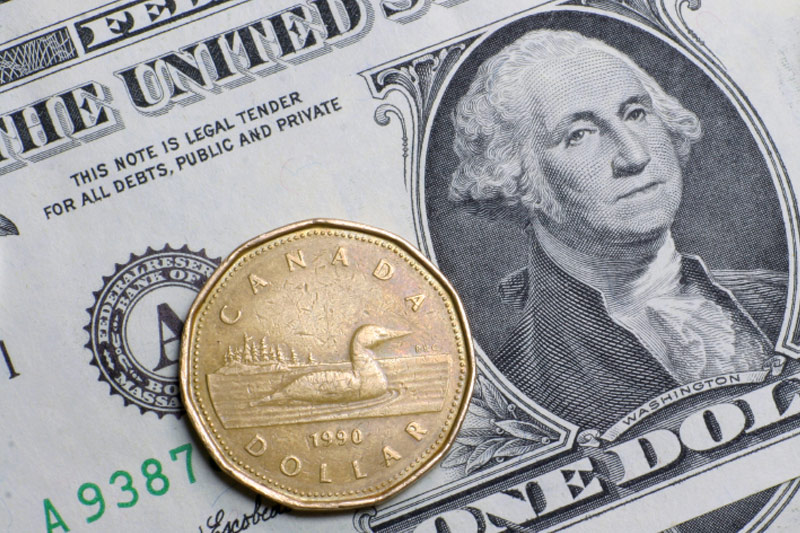Investing.com - The U.S. dollar was higher against its Canadian counterpart on Friday, after mostly positive jobs data from the U.S. and a rather downbeat employment report from Canada.
USD/CAD hit 1.3803 during early U.S. trade, the pair’s highest since February 3; the pair subsequently consolidated at 1.3792, rising 0.28%.
The pair was likely to find support at 1.3638, Thursday’s low and a two-and-a-half month low and resistance at 1.3984, the high of January 4.
The Labor Department said the U.S. economy added 151,000 jobs in January, compared to expectations for an increase of 190,000. The economy created 262,000 jobs in December, whose figure was revised from a previously estimated 292,000 gain.
The U.S. unemployment rate ticked down to 4.9% last month from 5.0% in December. Analysts had expected the unemployment rate to remain unchanged in January.
The report also showed that average hourly earnings rose 0.5% in January, compared to expectations for a 0.3% gain, after a flat reading in December.
Separately, data showed that the U.S. trade deficit widened to $43.36 billion in December from $42.23 billion in November, whose figure was revised from a previously estimated deficit of $42.40 billion.
Analysts had expected the trade deficit to hit $43.00 billion in December.
At the same time, data showed that the number of employed people in Canada fell by 5,700 in January, disappointing expectations for an increase of 5,500 and after a revised 1,300 gain the previous month.
Canada’s unemployment rate ticked up to 7.2% last month from 7.1% in December, compared to expectations for an unchanged reading.
A separate report showed that Canada’s trade deficit narrowed to C$0.59 billion in December from C$1.59 billion in November, whose figure was revised from a previously estimated deficit of C$1.99 billion.
Analysts had expected the trade deficit to widen to C$2.20 billion in December.
The loonie was higher against the euro, with EUR/CAD shedding 0.37% to 1.5357.
In the euro zone, data earlier showed that German factory orders fell by 0.7% in December, compared to expectations for a downtick of 0.5%, after a 1.5% increase the previous month.
